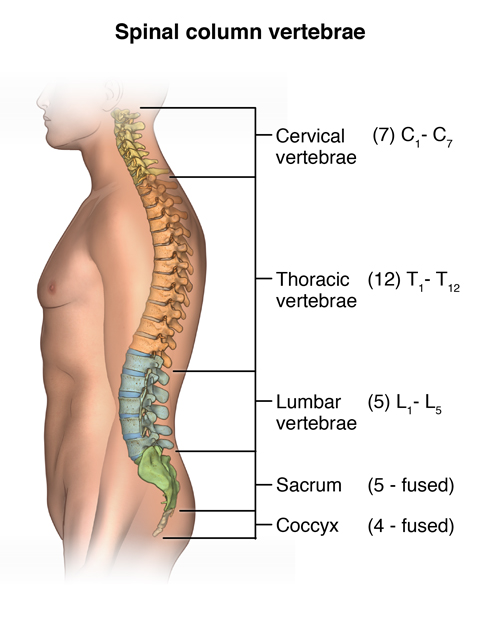

Spine dynamics are reflected by various spine types, which are discernible at any point in time: these types are filopodia, which are long cytoplasmic protrusions, believed to represent immature spines stubby spines, which lack a spine head thin spines with a neck and a small head, and mushroom spines, with a large spine head originating from a spine neck, which are considered to represent mature spines 5, 6. Spines are motile 3, highly dynamic and can be formed and disappear within very short periods of time 4, thus underlining their prominent role in synaptic plasticity. The critical role of spines in the formation and storage of memories is widely established, and consistent changes in spine number and morphology have been found in a number of neurological and psychiatric disorders 1 and during normal aging 2. Dendritic spines are the postsynaptic partners of most excitatory synapses in the CNS, and are commonly taken to be indicative of synapse formation. Synapse formation and elimination are critical in the establishment of neuronal circuitries and normal brain function. Our data indicate that hippocampal neurons are differentiated in a sex-dependent manner, this differentiation being likely to develop during the perinatal period. In dissociated embryonic hippocampal cultures, no difference was seen after 21 days in culture, while the difference was evident in postnatal cultures. This difference could already be observed at birth for NMDA-R1, but not for NMDA-R2A/B expression. Accordingly, NMDA-R1 and NMDA-R2A/B expression were lower in the hippocampus and in postsynaptic density fractions of adult male animals than in those of female animals. Interestingly, the number of spine apparatuses, a typical feature of large spines, did not differ between the sexes. The density of large spines, however, was significantly lower in male than in female animals in each stage of the estrus cycle. The average total spine number in females was identical with the spine number in male animals. Remarkably, total spine numbers did not vary during the estrus cycle, while estrus cyclicity was evident regarding the number of large spines and was highest during diestrus, when estradiol levels start to rise.

We compared spine numbers of the four estrus cycle stages in females with those of male mice. In order to rule out that this result is an in vitro phenomenon, we analyzed the density of large spines in fixed hippocampal vibratome sections of Thy1-GFP mice, in which GFP is expressed only in subpopulations of neurons. Previously, we found that in dissociated hippocampal cultures the proportion of large spines (head diameter ≥ 0.6 μm) was larger in cultures from female than from male animals.


 0 kommentar(er)
0 kommentar(er)
